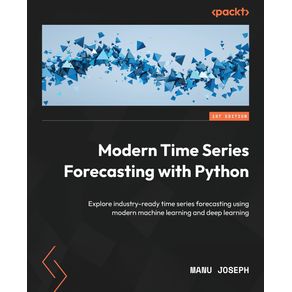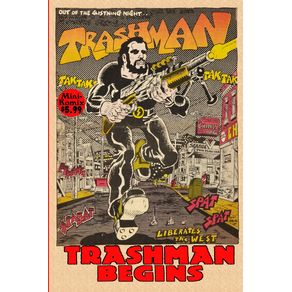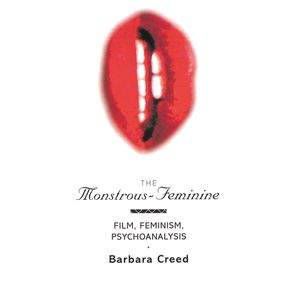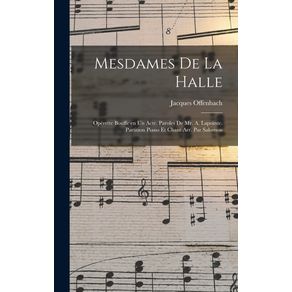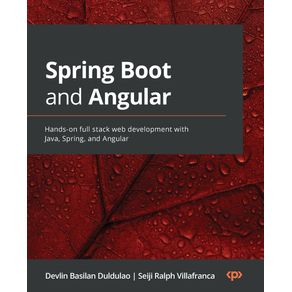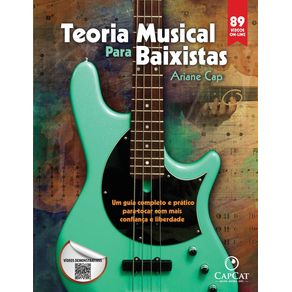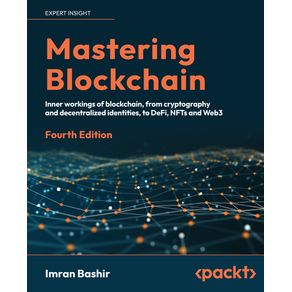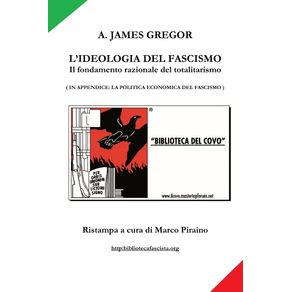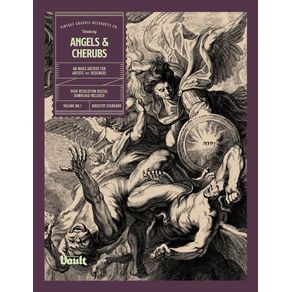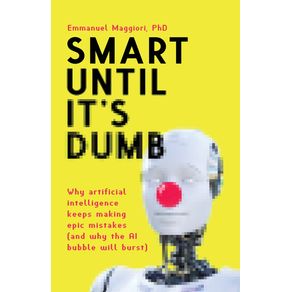-
DEPARTAMENTOS
- ANIMAIS DE ESTIMAÇÃO
- ARTES
- AUTO AJUDA
-
BEM ESTAR E LAZER
-
CATEGORIAS
-
-
CULINÁRIA E GASTRONOMIA
-
CATEGORIAS
-
-
ESPORTES
-
CATEGORIAS
-
- INFANTIL
-
RELIGIÃO
-
CATEGORIAS
-
- ADMINISTRAÇÃO E NEGÓCIOS
-
CIÊNCIAS BIOLÓGICAS E NATURAIS
-
CATEGORIAS
-
- DIREITO
- ECONOMIA
-
MEDICINA
-
CATEGORIAS
-
-
TODOS DEPARTAMENTOS
-
INTERESSE GERAL
-
LIVROS TÉCNICOS
-
- IMPORTADOS
Head-Order Techniques and Other Pragmatics of Lambda Calculus Graph Reduction
Cód:
491_9781612337579
Head-Order Techniques and Other Pragmatics of Lambda Calculus Graph Reduction
Autor:
Editora:
Código:
491_9781612337579
Vendido e entregue por Um Livro
Available in Paperback Available in eBook editions (PDF format)Institution:Syracuse University (Syracuse, NY, USA)Advisor(s):Prof. Klaus J. BerklingDegree:Ph.D. in Computer and Information ScienceYear:1993Book Information:248 pagesPublisher:Dissertation.comISBN-10:1612337570ISBN-13:9781612337579View First 25 pages:(free download)AbstractThe operational aspects of Lambda Calculus are studied as a fundamental basis for high-order functional computation. We consider systems having full reduction semantics, i.e., equivalence-preserving transformations of functions. The historic lineage from Eval-Apply to SECD to RTNF/RTLF culminates in the techniques of normal-order graph Head Order Reduction (HOR). By using a scalar mechanism to artificially bind relatively free variables, HOR makes it relatively effortless to reduce expressions beyond weak normal form and to allow expression-level results while exhibiting a well-behaved linear self-modifying code structure. Several variations of HOR are presented and compared to other efficient reducers, with and without sharing, including a conservative breadth-first one which mechanically takes advantage of the inherent, fine-grained parallelism of the head normal form. We include abstract machine and concrete implementations of all the reducers in pure functional code. Benchmarking comparisons are made through a combined time-space efficiency metric. The original results indicate that circa 2010 reduction rates of 10-100 million reductions per second can be achieved in software interpreters and a billion reductions per second can be achieved by a state-of-the art custom VLSI implementation.
Veja mais








